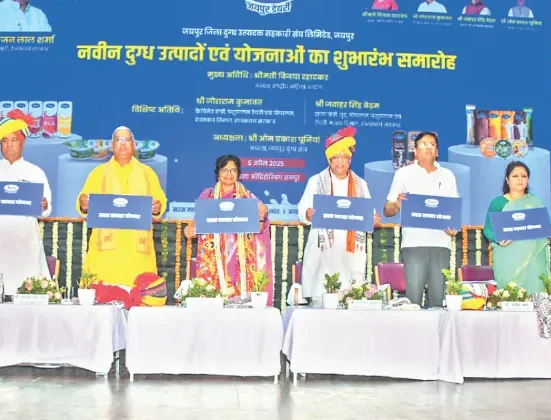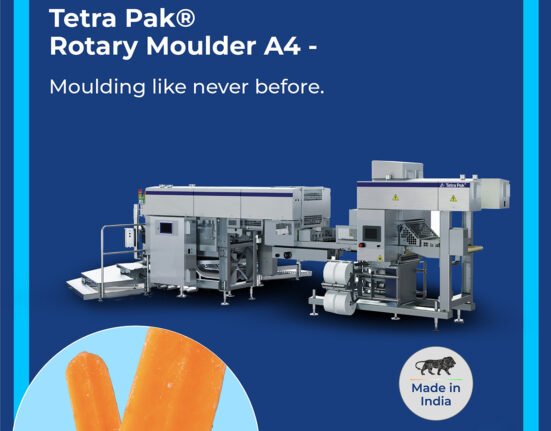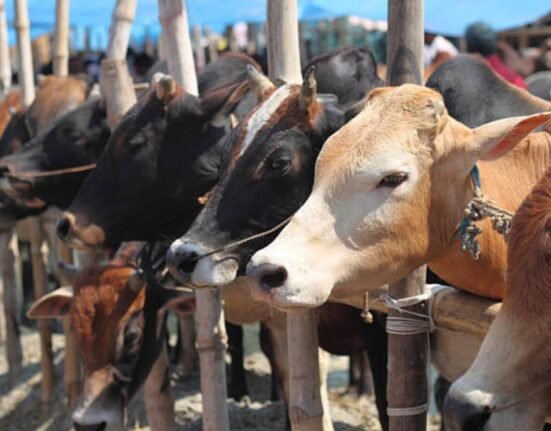By Jordbrukare India | Dairy Sector Analysis
India is experiencing a quiet revolution in the way it thinks about milk—and protein. What was once an underutilized by-product of paneer-making is now being repackaged as a premium nutrient: whey. From fitness supplements to functional drinks and fortified snacks, protein is no longer niche. It’s going mainstream—and in the process, driving one of the most significant transformations the Indian dairy industry has seen in decades.
From Deficit to Demand: India’s Protein Paradox
India remains one of the most protein-deficient countries in the world, with an estimated 70‚Äì80% of the population failing to meet daily protein requirements. The issue is particularly acute among vegetarians, women, and children. Despite this, awareness of protein’s importance has only recently begun to penetrate public consciousness. Fitness culture, rising lifestyle diseases, and the influence of global wellness trends have all converged to shift consumer expectations.
Enter dairy—long trusted, deeply penetrated, and culturally embedded. With its ability to deliver high-quality, bioavailable protein in the form of whey and casein, dairy has emerged as a natural front-runner in India’s protein revolution.
Whey in Focus: Market Growth and Maturity
The Indian milk protein market (casein, whey, and dairy-derived proteins) was estimated at USD 241 million in 2024 and is projected to reach nearly USD 400 million by 2033, according to IMARC. The whey segment, valued at over USD 100 million, is growing at 5–6% CAGR, spurred by consumer demand and innovations across formats—from powders to beverages.
While the market is still small compared to global benchmarks, its trajectory is unmistakable. Once confined to gym-goers and bodybuilders, whey protein is now being embraced by everyday consumers—from busy professionals to homemakers and even the elderly.
Urban Surge, Rural Hesitation
India’s metros are driving much of this growth. High-protein milk, fortified yogurts, protein bars, and ready-to-drink shakes are increasingly available in modern retail outlets and quick-commerce platforms. But the real opportunity lies beyond the metros.
Players like Amul and Mother Dairy are now eyeing Tier-II and Tier-III markets, where protein malnutrition is more widespread, but awareness and affordability remain key hurdles. Their strategy? Deliver familiar products with upgraded nutrition at mass-market prices.
“Pro milk will help democratize the protein market,” says Manish Bandlish, Managing Director, Mother Dairy. His company’s new protein-enriched milk, priced at ₹70 per litre, is just ₹2 more than their full-cream milk—a pricing strategy aimed at the mass consumer.
Strategic Shifts: From Commodity Milk to Functional Nutrition
The shift toward protein isn’t just consumer-driven—it’s structural. Indian dairy companies are actively repositioning themselves as nutrition brands. Functional dairy beverages, Greek yogurts, and high-protein paneer are no longer exceptions—they are fast becoming core offerings.
Amul, for instance, has launched an entire range of high-protein dairy drinks and its own whey protein powder, priced at roughly ₹2.5 per gram—undercutting most domestic and international competitors. This isn’t just about capturing the sports nutrition market. It’s about creating an entirely new category of everyday protein consumption.
Parag Milk Foods has gone a step further, establishing a dedicated whey processing plant and integrating whey into both B2C (Avvatar) and B2B offerings. The company expects whey to contribute 15% of revenues within a few years, a significant pivot for a company rooted in traditional dairy.
Product Innovation and Competitive Positioning
The whey market in India today is characterized by diversity in formats and price points:
- Whey Powders: Still the largest category, dominated by MuscleBlaze, Amul, and imported brands like ON and MyProtein.
- RTD Beverages: Growing fast among younger urban consumers, with launches from Amul, Heritage Foods (GlucoShakti), and startups.
- Snacks & Bars: Startups like SuperYou and Yoga Bar are bringing whey into chocolates, wafers, and energy bars.
- Blended Proteins: New entrants like Fast&Up are innovating with whey + plant-based blends for broader appeal.
What sets recent launches apart is their mass accessibility. No longer confined to ‚Çπ3,000 tubs of imported powder, whey is now available in ‚Çπ40 milkshakes, ‚Çπ30 protein lassis, and ‚Çπ20 sachets. The protein economy is being localized.
Enhancing Valorization: The B2B Side of Whey
Whey’s resurgence also has implications for milk valorization, especially in B2B channels. Traditionally discarded or fed to cattle, liquid whey is now being captured, processed, and sold as WPC (Whey Protein Concentrate) or WPI (Isolate) for use in:
- Functional foods and beverages
- Nutraceuticals and medical nutrition
- Infant formula and bakery applications
This not only improves revenue per litre of milk but also aligns with environmental sustainability goals by minimizing waste. The National Dairy Development Board (NDDB) has also promoted whey-based innovation at the cooperative level, encouraging state dairies to commercialize what was once considered effluent.
The Competitive Shake-Up: Startups vs Dairy Giants
Until recently, India’s whey protein market was ruled by fitness-focused startups and imported brands. That’s changing. With deep supply chains, brand trust, and distribution muscle, dairy cooperatives are muscling in—and reshaping the category.
- Amul launched its own whey protein at a price nearly 40% below leading brands.
- Mother Dairy is planning high-protein variants of paneer and curd.
- Parag, with its backward-integrated whey plant, is targeting 20% market share in protein.
Startups, meanwhile, are responding with specialization—offering clinical testing, added botanicals, and lifestyle positioning. But with dairy majors turning to functional nutrition as the next growth engine, the protein race is no longer a two-player game. It’s a full-blown ecosystem.
The Road Ahead: Protein for Bharat
India’s protein awakening is far from over. While urban India is now chasing high-protein snacks and fortified shakes, the real test will be in reaching rural and semi-urban populations. Brands that can localize formats, simplify communication, and deliver value at low price points will unlock the next wave of growth.
Protein is no longer just a gym supplement—it’s a national nutrition priority. And Indian dairy is fast evolving to meet this demand, both through product innovation and strategic supply chain reengineering.
As dairy, nutrition, and health food industries converge, India’s whey moment has arrived. For farmers, processors, startups, and consumers alike, the value of milk has never been higher.







